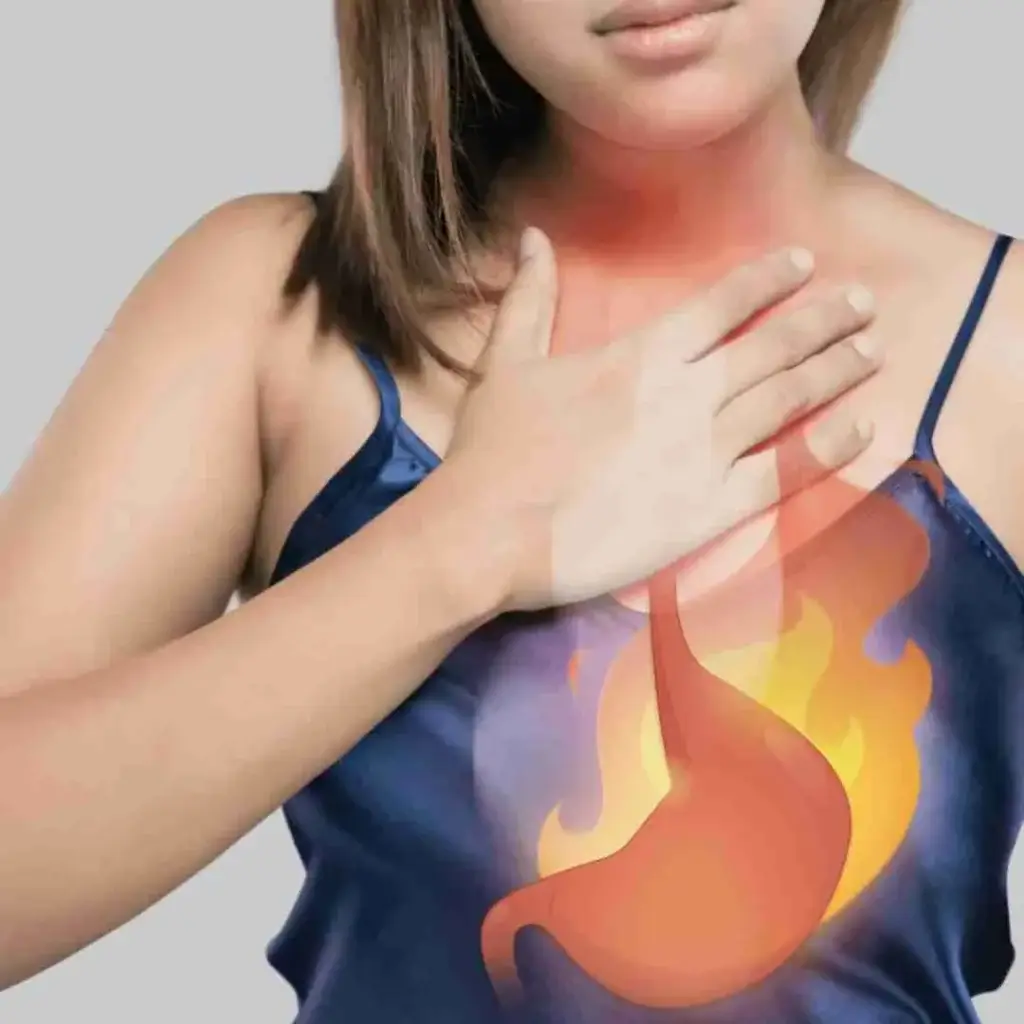DO RELAXATION EXERCISES REALLY HELP TO REDUCE PAIN AND FREQUENCY OF MIGRAINE ATTACKS?
The answer is a simple and resounding, Yes!
Yet a second study done by Swedish researchers and published in the journal “Cephalalgia”, has confirmed results from a previous study done in 2002 and published in the journal “Headache”, that relaxation exercises are as effective as prescription drugs, like topiramate, in the prevention of migraines.
For a list of relaxation exercises and instructions on how to do them, please go to the link listed below.
https://www.webmd.com/migraines-headaches/relaxation-techniques
Exercise Just as Good as Drugs at Preventing Migraines, Swedish Study Suggests
ScienceDaily (Oct. 10, 2011) — All though exercise is often prescribed as a treatment for migraines, there has not previously been sufficient scientific evidence that it really works. However, research from the Sahlgrenska Academy at the University of Gothenburg, Sweden, has now shown that exercise is just as good as drugs at preventing migraines.
________________________________________
Doctors use a variety of different methods to prevent migraines these days: on the pharmaceutical side a drug based on the substance topiramate has proved effective, while non-medical treatments with well-documented effects include relaxation exercises.
No previous evidence
Exercise is also frequently recommended as a treatment all though there has not been sufficient scientific evidence that it really has any effect on migraine patients.
In a randomized controlled study researchers from the University of Gothenburg’s Sahlgrenska Academy have now analyzed how well exercise works as a preventative treatment for migraines relative to relaxation exercises and topiramate.
40 minutes of exercise
Published in the journal Cephalalgia, the study involved 91 migraine patients, a third of whom were asked to exercise for 40 minutes three times a week under the supervision of a physiotherapist, with another third doing relaxation exercises, and the final third given topiramate. The study lasted for a total of three months, during which the patients’ migraine status, quality of life, aerobic capacity and level of physical activity were evaluated before, during and after their treatment. Follow-ups were then carried out after three and six months.
Exercise just as effective
The results show that the number of migraines fell in all three groups. Interestingly, there was no difference in the preventative effect between the three treatments.
“Our conclusion is that exercise can act as an alternative to relaxations and topiramate when it comes to preventing migraines, and is particularly appropriate for patients who are unwilling or unable to take preventative medicines,” says Emma Varkey, the physiotherapist and doctoral student at the Sahlgrenska Academy who carried out the study.
Recommend this story on Facebook, Twitter, and Google +1:
What Are Some Relaxation Techniques I Can Use to Help my Headaches?
In order to learn how to relax and cope with migraines and headaches, you need to become familiar with your own breathing patterns and change them in ways that will help you relax. Your breathing pattern is often disrupted by changes in emotion. People who are anxious tend to hold their breath and speak in a high-pitched voice as they exhale. On the other hand, people who are depressed tend to sigh and speak in a low-pitched voice as they exhale.
Below are a few relaxation exercises. But first, be sure that you have a quiet location that is free of distractions, a comfortable body position, and a good state of mind. Try to block out worries and distracting thoughts.
• Rhythmic breathing: If your breathing is short and hurried, slow it down by taking long, slow breaths. Inhale slowly then exhale slowly. Count slowly to five as you inhale, and then count slowly to five as you exhale. As you exhale slowly, pay attention to how your body naturally relaxes. Recognizing this change will help you to relax even more.
• Deep breathing: Imagine a spot just below your navel. Breathe into that spot, filling your abdomen with air. Let the air fill you from the abdomen up, then let it out, like deflating a balloon. With every long, slow exhalation, you should feel more relaxed.
• Visualized breathing: Find a comfortable place where you can close your eyes, and combine slowed breathing with your imagination. Picture relaxation entering your body and tension leaving your body. Breathe deeply, but in a natural rhythm. Visualize your breath coming into your nostrils, going into your lungs and expanding your chest and abdomen. Then, visualize your breath going out the same way. Continue breathing, but each time you inhale, imagine that you are breathing in more relaxation. Each time you exhale imagine that you are getting rid of a little more tension.
• Progressive muscle relaxation: Switch your thoughts to yourself and your breathing. Take a few deep breaths, exhaling slowly. Mentally scan your body. Notice your headache, if you have one, and other areas that feel tense or cramped. Quickly loosen up these areas. Let go of as much tension as you can. Rotate your head in a smooth, circular motion once or twice. (Stop any movements that cause pain!) Roll your shoulders forward and backward several times. Let all of your muscles completely relax. Recall a pleasant thought for a few seconds. Take another deep breath and exhale slowly. You should feel relaxed.
• Relax to music: Combine relaxation exercises with your favorite music in the background. Select the type of music that lifts your mood or that you find soothing or calming. Some people find it easier to relax while listening to specially designed relaxation audio tapes, which provide music and relaxation instructions.
• Mental imagery relaxation: Mental imagery relaxation, or guided imagery, is a proven form of focused relaxation that helps create harmony between the mind and body. Guided imagery coaches you in creating calm, peaceful images in your mind — a “mental escape.” Identify your self-talk, that is, what you are saying to yourself about what is going on with your migraines or headaches. It is important to identify negative self-talk and develop healthy, positive self-talk. By making affirmations, you can counteract negative thoughts and emotions. Here are some positive statements you can practice.
• Let go of things I cannot control.
• I am healthy, vital, and strong.
• There is nothing in the world I cannot handle.
• All my needs are met.
• I am completely and utterly safe.
• Every day in every way I am getting stronger.
Relaxation and Exercise Relieves Migraines
A treatment program for migraine sufferers that includes exercise and relaxation therapies is more effective than conventional treatment alone, according to a new study in Headache (2002;42:845–54).
Migraine is a disorder characterized by episodes of severe headaches, nausea, vomiting, and light and sound sensitivity. An estimated 30 million people in the United States suffer from migraines. This high prevalence and the significant disability associated with migraines make finding acceptable and affordable treatment a high priority.
Conventional treatment focuses on drug therapies, including nonprescription and prescription pain relievers, and medications designed to interrupt the biochemical processes that cause migraines. Most of these medications relieve migraines by restricting blood flow to the head, but their effects on blood vessels in other parts of the body can be problematic, particularly in people with heart and blood vessel diseases, people using other medications that affect blood flow, and pregnant and breast-feeding women. It is possible to become dependent on some of these medications. Furthermore, long-term frequent use of any of these medicines can result in additional headaches, known as medication overuse headaches, which are far more difficult to treat than common migraines. For these reasons, more than half of people who suffer from migraines stop seeking medical care for their headaches.
In the current study, 80 participants with migraines were randomly assigned to receive either a six-week comprehensive treatment program or standard medical care from family practice physicians. Standard medical care in this study included medications, referrals to other providers, or no treatment, while comprehensive treatment included drug therapies as needed along with exercise and relaxation therapies, two relaxing massages, and a lecture on diet. Participants were evaluated for pain and disability, quality of life, and medication use at the end of the six-week treatment period and three months later.
Pain frequency, intensity, and duration all decreased significantly after six weeks in the group receiving the comprehensive treatment program but increased slightly in the group receiving only medical treatment. In addition, the comprehensive treatment group rated their ability to function as improved by nearly 35% and their overall quality of life as improved by more than 35%, while the conventional treatment group reported slight reductions in their ability to function and in their quality of life. The improvements noted by the comprehensive treatment group were even more significant at the three-month evaluation, with ability to function increased by 51% and quality of life by 57%. Individuals who continued with their exercise program had more improvement than those who did not.
Studies over the past 30 years have consistently found that behavioral therapies, primarily relaxation training and stress reduction, effectively reduce migraines and another type of headache known as tension headache. A review of these studies revealed that behavioral therapies consistently reduced migraine and tension headaches between 35% and 50%. Few studies, however, have compared behavioral therapies with conventional treatment. One such study found that the combination of behavioral and drug therapies was more effective than drug therapies alone in treating medication overuse headache. The current study shows that a comprehensive treatment program is also a better approach for treating uncomplicated migraines. Furthermore, participants in this study found that exercise therapy was the most important aspect of their treatment.
Dietary approaches, such as limiting foods high in the amino acid tyramine and identifying and avoiding allergenic foods, are helpful for some people with migraines. Although participants in the comprehensive treatment group were given a lecture on diet, the authors did not describe the type of dietary advice given, and did not attribute the reduction in migraines to any specific dietary changes.


